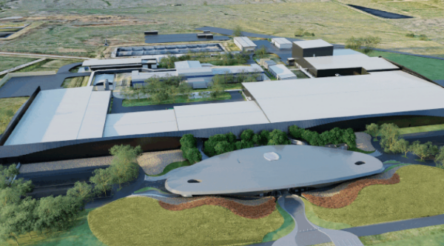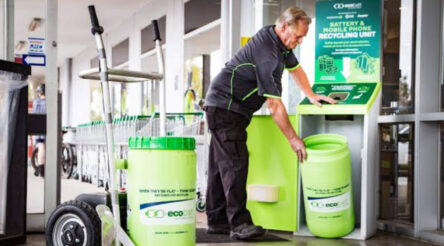Technologies and tools for a manufacturing transformation: Waste streams as resource deposits can change the game by Professor Veena Sahajwalla
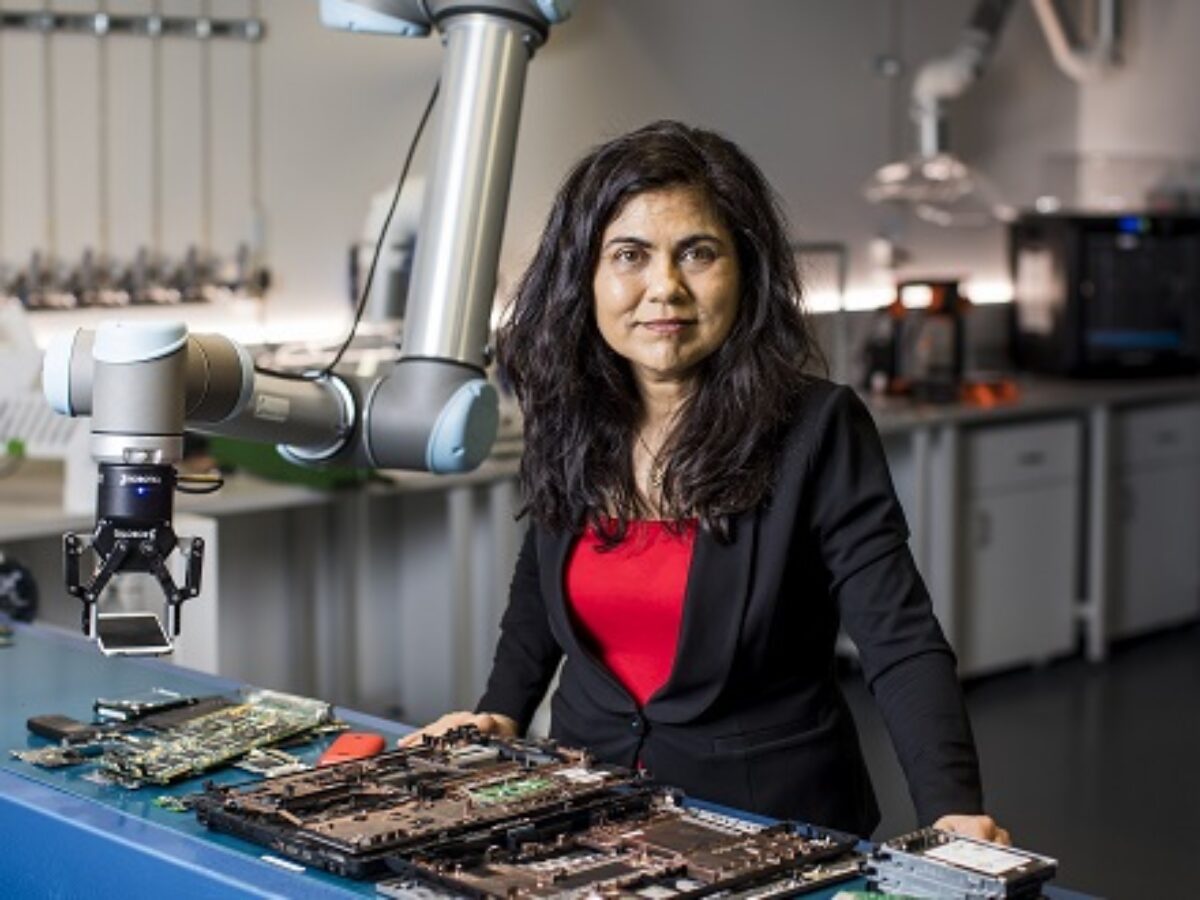
Professor Veena Sahajwalla begins week two of our technologies and tools for a manufacturing transformation series. She writes about one element of sovereign capability generally overlooked in the current discussion.
COVID-19 has prompted questions to be asked about the value of ‘sovereign capability’ in terms of Australia being able to supply its own goods.
The capability in focus has mainly been around energy supply and the manufacturing of the many items needed domestically when global supply chains shut down.
The goods or items that came into sharpest focus were personal protective equipment such as face masks, gowns, gloves, and other medical related items such as ventilators.
This issue of ‘standing on our own two feet’ by not relying on global supply chains for certain materials and goods has sparked a national debate that has been splashed across front and opinion pages.
But the fact is that there is a lot we can do now, are doing and could easily do more of, to replicate and scale up our capability to better meet our supply challenges as well as our sustainability and waste challenges. 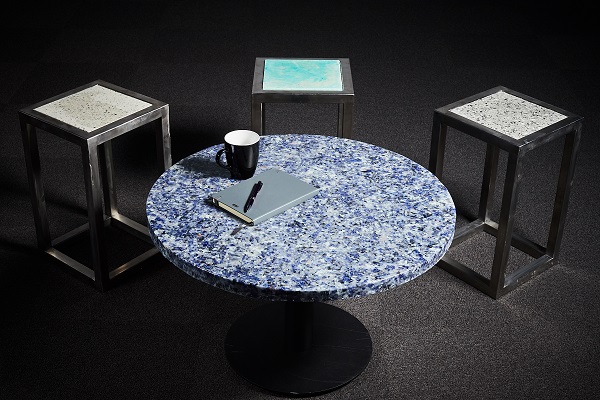
Federal Industry and Science Minister Karen Andrews in a recent address to the National Press Club urged Australia to stop sending its material resources overseas where those materials are value added through processing and manufacturing only to have to be purchased back in the form of goods.
She pointed out we need a stronger local manufacturing sector which would lead to greater prosperity for the country, and that our existing capability during COVID-19 demonstrated how we can pivot to meet local needs rather than rely on offshore suppliers.
Ironically, the coronavirus crisis has revealed how our research and development capability as a nation is strong and deeply connected to industry, including manufacturing, which has demonstrated it can rise to the economic challenges facing our country.
Prime Minister Scott Morrison’s ‘job maker’ call to business recently is another vote of confidence in the capability of our industries, sectors and R&D capability.
One area that has attracted attention has been ‘green steel’ where hydrogen has been suggested as the means to return Australia to its glory days of steel manufacturing, before we started buying most of our steel from China.
Grattan Institute director Tony Wood has pointed out hydrogen could, over time following research and development, readily be used as an alternative for the current essential steel making ingredient of coking coal.
But in the meantime, Australia has already created a technology like this that is being used in many the electric arc furnaces that recycle scrap metal. With my team, we invented what we called Green Steel technology which uses old rubber tyres and coverts them into this essential steel making ingredient, saving them from landfill.
But there are many other waste materials we can extract value from by reforming them and finding new uses for them as value-added materials and feedstock for manufacturing to become new products.
And we are doing this already for plastics, textiles, glass and other common waste items through our MicrofactorieTM technologies developed with the support of the Australian Research Council through the Green Manufacturing Hub at our UNSW Sustainable Materials Research and Technology (SMaRT) Centre.
For instance, we used this MicrofactorieTM technology recently to reform waste plastic into high-quality filament to 3D print frames for PPE facemasks for testing in medical clinical situations. There is currently a huge demand for 3D filament worldwide yet Australia has to purchase most of its supply from overseas.
Most schools across the country now use 3D printers but the money they spend for the filament supply they need ultimately goes offshore. They could easily create their own filament from their own waste, as we currently do at SMaRT.
Another recent area we’ve been looking into due to COVID-19 is making filament for different applications in the hospital setting. Copper has antimicrobial properties that can have antibacterial-like benefits so imagine printed door handles with copper particles embedded into them after being recovered from electronic waste.
Mining our waste streams as resource deposits can change the game for Australia.
What we have come to realise is that in all of the debate about supply chains and resource management, within the context of the desirability for broader sustainability, that the capability to achieve much of this is already with us.
We are partnering with various businesses and sectors, including various small-scale firms in regional settings, to unleash this technology to create local manufacturing capability and supply chains. These businesses are motivated by focusing on sustainably developing quality-based goods; they are not looking only to compete on price.
MicrofactorieTM capability reduces the need for centralisation and a lot of transportation, while creates localised supply chains, jobs and addresses some of our urgent waste and recycling challenges. And this capability is small scale enough to operate on renewable energy, unlike most large manufacturing operations.
We need to embrace the opportunity to adopt and replicate our existing capabilities and pockets of excellence already operating around the nation. Sovereign capability of material resource management and manufacturing is within our reach.
The link between R&D and industry has never been stronger, and it is time to capitalise on the productive partnerships between researchers and business to accelerate our domestic innovations.
Now is the time to act in our national interests.
Professor Veena Sahajwalla is Director of the UNSW Sustainable Material Research and Technology (SMaRT) Centre.
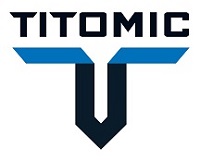 @AuManufacturing’s Technologies and tools for a manufacturing transformation series is brought to you with
@AuManufacturing’s Technologies and tools for a manufacturing transformation series is brought to you with

the support of Titomic and the Advanced Manufacturing Growth Centre.
Subscribe to our free @AuManufacturing newsletter here.
Topics Manufacturing News Technology
@aumanufacturing Sections
Analysis and Commentary Awards Defence Manufacturing News Podcast Technology Videos







